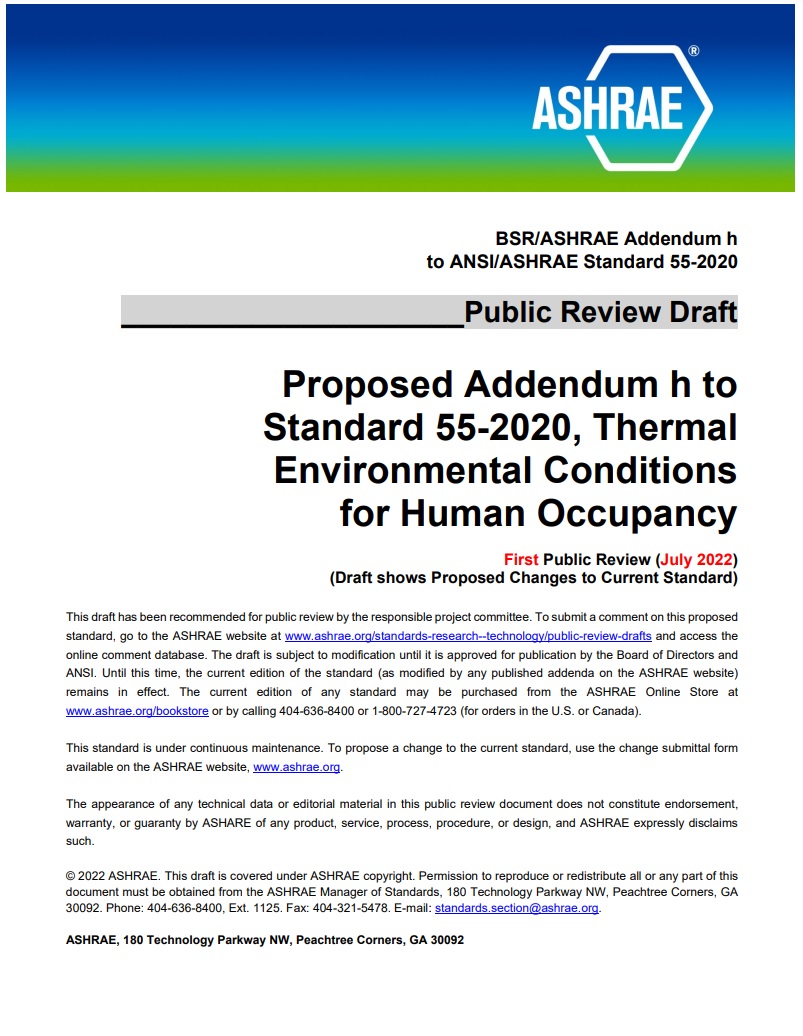Electrical Distribution Systems Based on Microsystem Criteria
This paper deals with an innovative design strategy of building power systems by introducing criteria based on both the “installation approach” and the “operating approach” applying plan-do-check-act (PDCA) cycle. The In-Op design of the electrical power systems takes care of the worst cases of configurations, adequate gaps on load in selecting the rating of components, the actual mean losses to evaluate their energetic operation, and to avoid excessive gaps on the lifetime of components. With this aim, the authors suggest consideration of the thermal aging model of Arrhenius to review the actual gap on load in selecting the rating of components. In reference to IEC standards, this paper underlines in the circuits design the cable steady and transient current densities, the load current torque density as “natural” parameters that allow applying a thumb rule in the classic sizing of the cross-sectional area of circuit conductors. Microsystem criteria in power systems design allow structuring their configuration with components of smaller size to reduce radically the volume of circuit conductors with more sensitive results in the branch distribution. The authors suggest why not reconsider the series of commercial cross section areas of power cables.
This paper was presented at the IEEE Industrial Applications Society meetings in 2015 and is now available in IEEE Transactions on Industry Applications ( Volume: 54 , Issue: 1 , Jan.-Feb. 2018 ). The authors revisit the first principles of conductor ampacities and conclude by asking a question: What Innovations Without Cultural Changes?
In the United States, and most of North America, the National Fire Protection Association has the largest platform, and the longest history in electrical power engineering for buildings. In other words: the conversation about electrical safety within buildings is informed by the perspective of fire safety professionals. In Europe, not so much. The inspiration for European electrical safety is found in a shock protection.
The IEEE effectively ceded administration of building electrical safety to the NFPA and spent decades providing the platform for leading practice discovery for electrical power generation and distribution outside buildings — i.e. public utilities. In retrospect this “division of labor” roughly follows the money flows to and from manufacturers and insurance companies.
The cultural question raised in the paper is reproduced, in part, below:
“…For an actual safety program, a comparative analysis of international electrical approaches on distribution systems will facilitate an understanding of their similarities and differences and will promote the design of new equipment of high efficiency like AM Transformers and new integrated common solutions, like a new series of commercial cross section areas of the power cables efficient for reducing conductors volume in balance with the costs….”
We collaborate closely with the IEEE Education & Healthcare Facilities Committee which meets 4 times monthly in European and American time zones. Risk managers, electrical safety inspectors, facility managers and others are welcomed to click into those teleconferences also. We expect that concepts and recommendations this paper will find their way into future revisions of US and international electrical safety codes and standards.
Issue: [19-129]
Category: Electrical, Facility Asset Management, Fire Safety, International
Colleagues: Mike Anthony, Jim Harvey, Christel Hunter, Giuseppe Parise, Luigi Parise
















